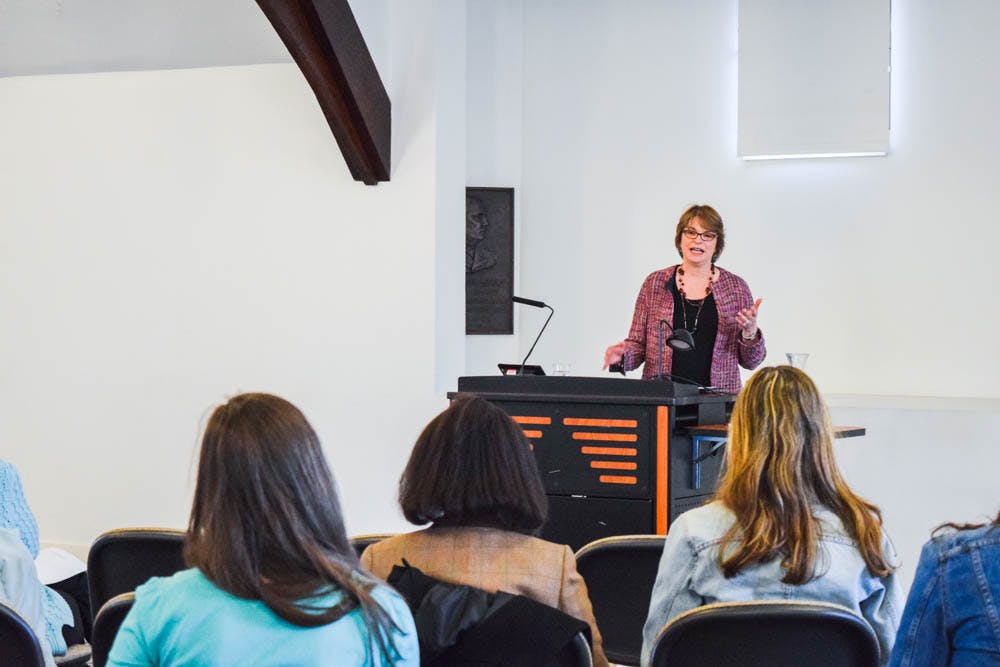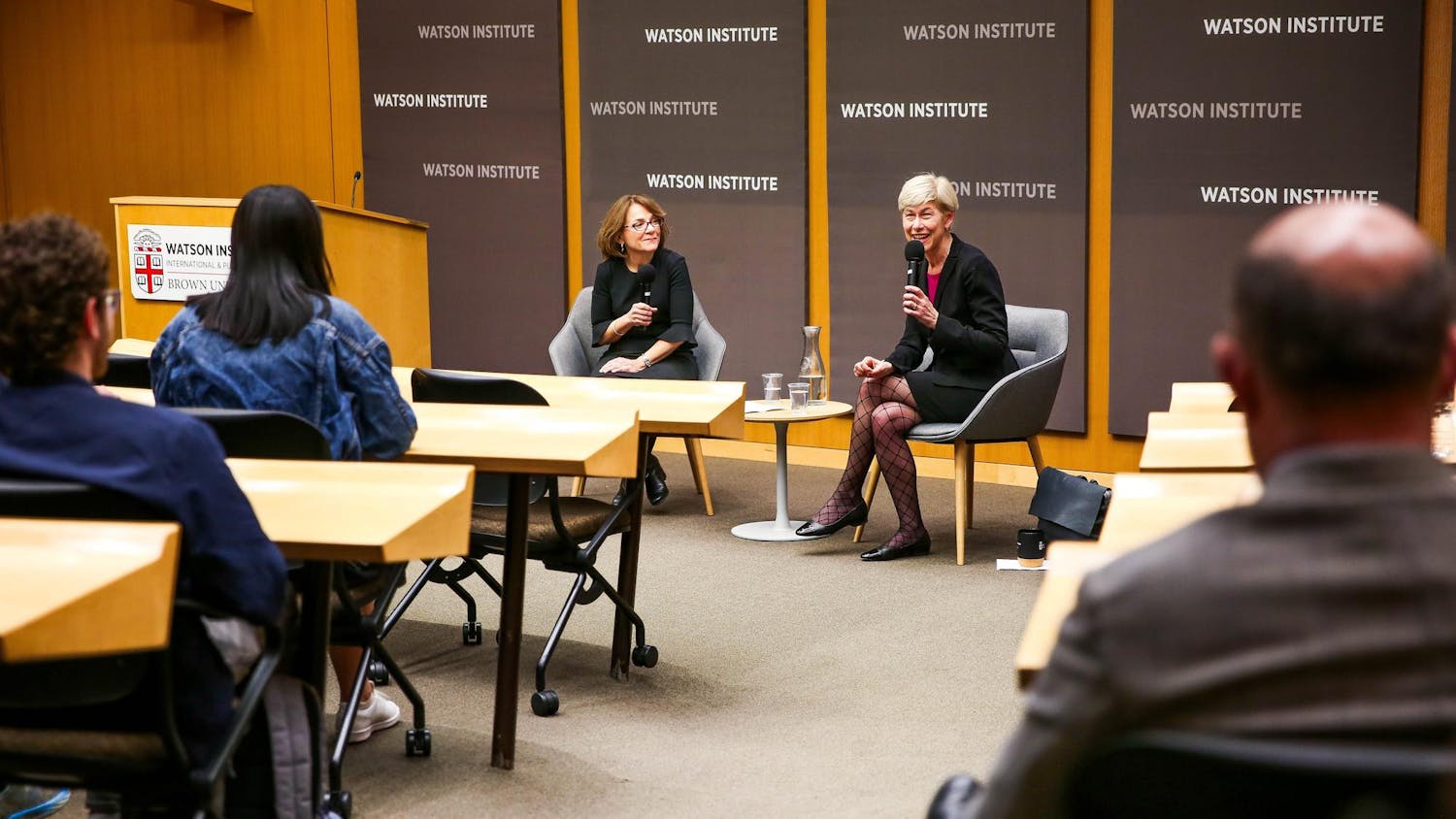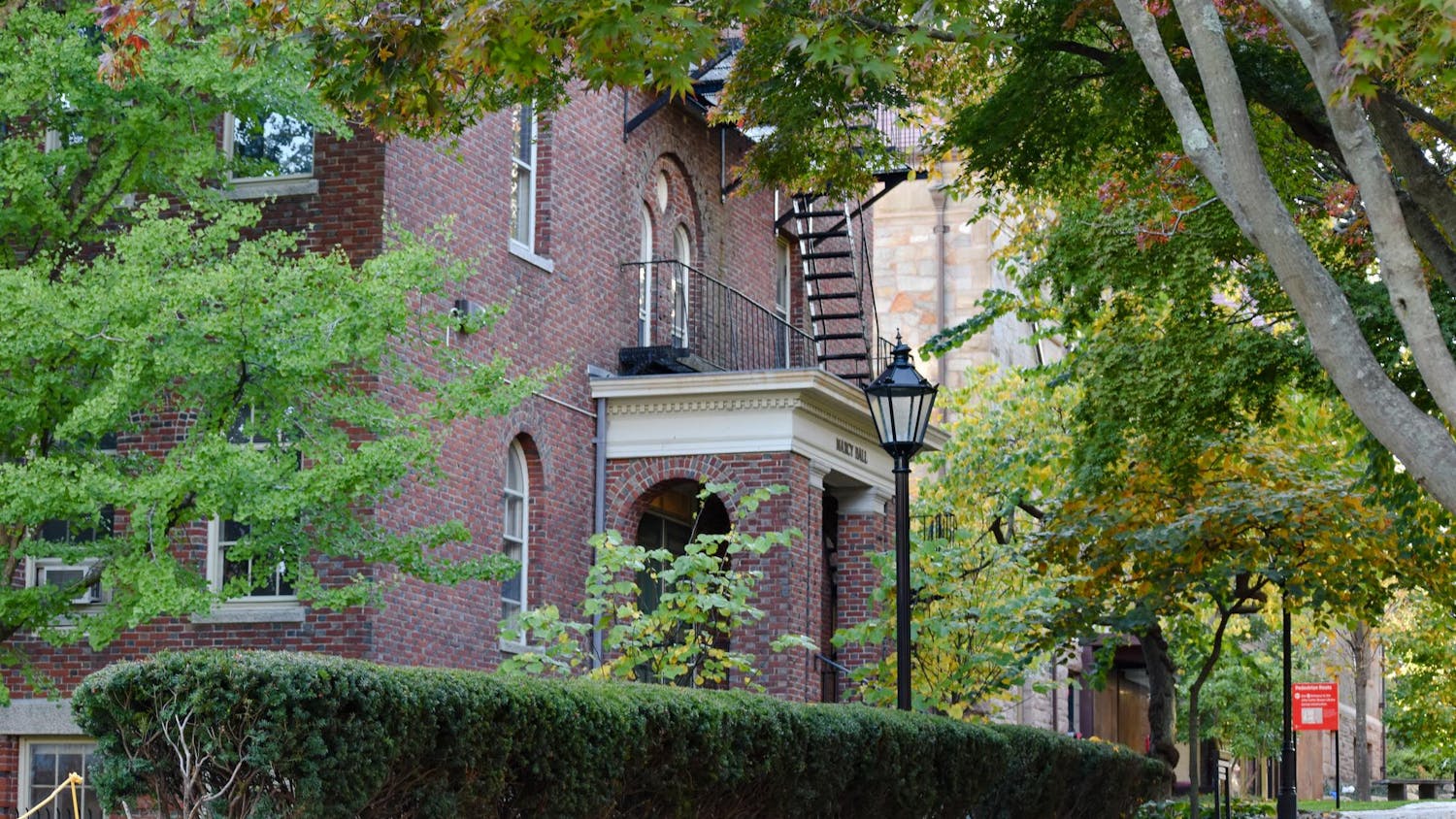The University is concluding searches for a number of open positions, including director of the Title IX Office and program director for the First-Generation College and Low-Income Student Center, said President Christina Paxson P’19 during Tuesday’s Brown University Community Council meeting.
The University will announce a new program director for the FLIC next week, said Eric Estes, vice president for campus life and student services, adding that the new director will be a Brown alum.
Three finalist candidates for the director of the Title IX Office have been invited to campus, said Russell Carey ’91 MA’06, executive vice president for planning and policy. A decision will likely be made after those visits by the beginning of July, he added.
Forty doctoral students who identify as members of a historically underrepresented group have matriculated for this year, which is an increase from 18 students last year, said Shayna Kassel, associate dean of the graduate school, during a discussion about the recent Diversity and Inclusion Action Plan progress report. Fourteen percent of incoming doctoral students identify as an underrepresented minority, she added.
Applications to PhD programs from members of HUGs increased by 33 percent this year, Paxson said, adding that this number was “astronomical.”
About 30 percent of faculty members hired last year were members of HUGs, increasing the fraction of faculty members who identify as members of HUGs from 8 percent to 9 percent, Paxson said.
The diversity and inclusion oversight board’s memo on the DIAP progress report outlined three major concerns, Paxson said. Those concerns included failure to adequately address disability, lack of qualitative data and the sometimes non-inclusive departmental DIAP writing process. The University is planning qualitative staff surveys over the summer in response to a recent quantitative staff climate survey.
Graduate students sometimes cannot afford their first weeks in Providence and at Brown because they do not receive their stipends immediately after arriving, said a BUCC audience member during a discussion about the DIAP annual report. “Our peer institutions are doing better,” she added.
Paxson also addressed the University’s work in relation to the local community. “My concern is that we do so many different things, that it is all very diffuse,” she said, adding that while the Swearer Center for Public Service is working to strengthen community partnerships, a broader effort to examine the University’s work involving the community has also begun.
As of March 31, the BrownTogether campaign has raised over $1.29 billion, Paxson said, adding that she would have liked to have raised $1.5 billion by this point in the campaign.
Construction for Wilson Hall’s renovation and a new building for the Watson Institute for International and Public Affairs will begin at approximately the same time this summer, Paxson said.
In her updates at the beginning of the meeting, Paxson discussed concerns surrounding the changing federal landscape, including fears of potential cuts in research funding and the recent immigration bans. While a proposed White House “skinny budget” includes cuts in research funding, the University has recently received a $3.3 million federal grant to extend the Initiative to Maximize Student Development in the sciences and a $1.3 million award from the Andrew W. Mellon Foundation for the humanities.





